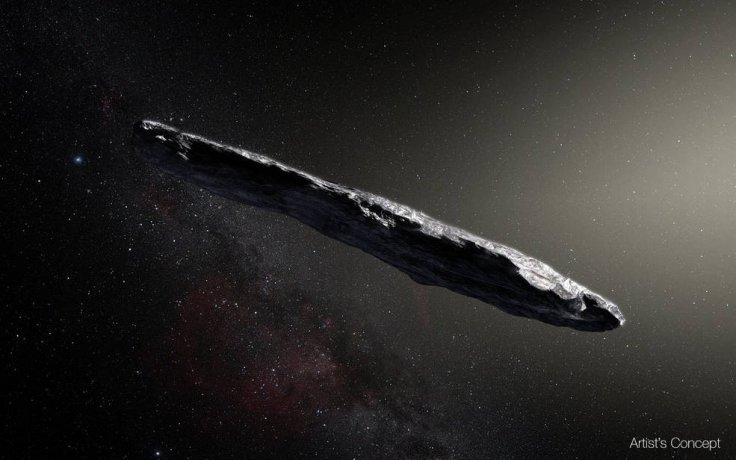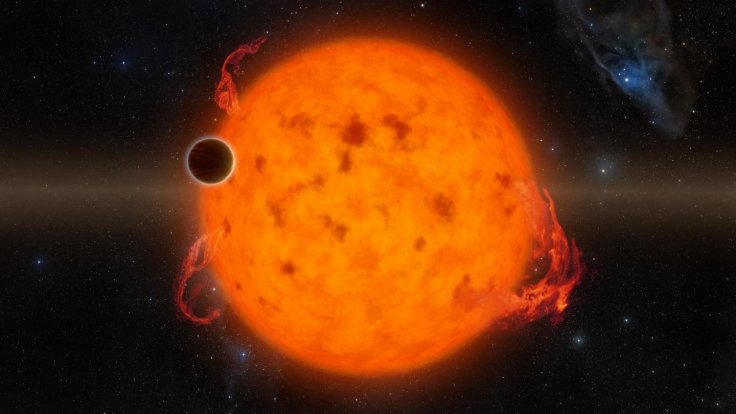A group of astronomers was able to provide a possible explanation regarding the origins of the first interstellar comet to visit the Solar System. In a new study, the astronomers revealed that the comet Oumuamua could be the debris of an exoplanet that was destroyed by a star.
Oumuamua was first discovered in 2017 using the Pan-STARRS telescope in Hawaii. It is known as the first object that came from outside the Solar System to visit Earth's neighbourhood.
Oumuamua's Strange Appearance

Aside from being the first interstellar visitor, Oumuamua also has strange physical features not commonly seen in other comets. In addition to having an elongated cigar-like shape, Oumuamua has a reddish colour and a dry surface. Due to its strange characteristics, many scientists believed that Oumuamua is an artificial object or an alien probe sent from a different star system.
However, as noted by Yun Zhang of the National Astronomical Observatories of the Chinese Academy of Sciences and author of a new study published in Nature Astronomy, observations on the comet have revealed that Oumuamua is a natural object. "It is really a mysterious object, but some signs, like its colors and the absence of radio emission, point to 'Oumuamua being a natural object," Zhang said in a statement.
Tracking Oumuamua's Origins

Using computer models that studied the trajectory and appearance of the comet, the astronomers theorized that Oumuamua might have originated from an exoplanet, which is an alien world outside the Solar System. According to the astronomers, Oumuamua's planet may have gotten too close to its host star. Due to the star's powerful energy and gravitational pull, the planet may have been ripped apart.
The astronomers noted that Oumuamua could be a remnant of the planet that was ejected by the destruction of its home. They explained that the forces that affected Oumuamua and its planet could explain some of the comet's strange features. "Heat diffusion during the stellar tidal disruption process also consumes large amounts of volatiles, which not only explains Oumuamua's surface colours and the absence of visible coma but also elucidates the inferred dryness of the interstellar population," Zhang explained.









